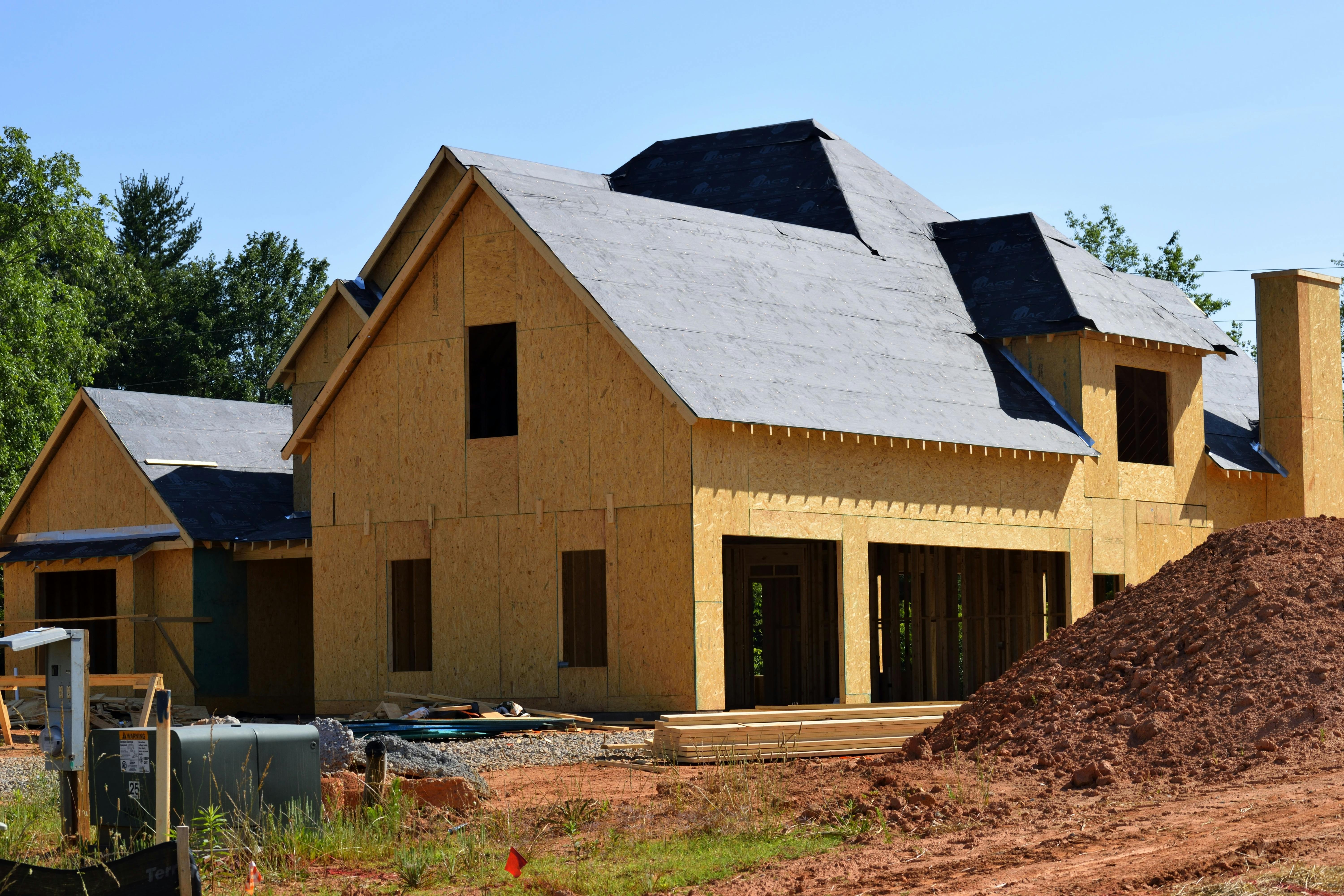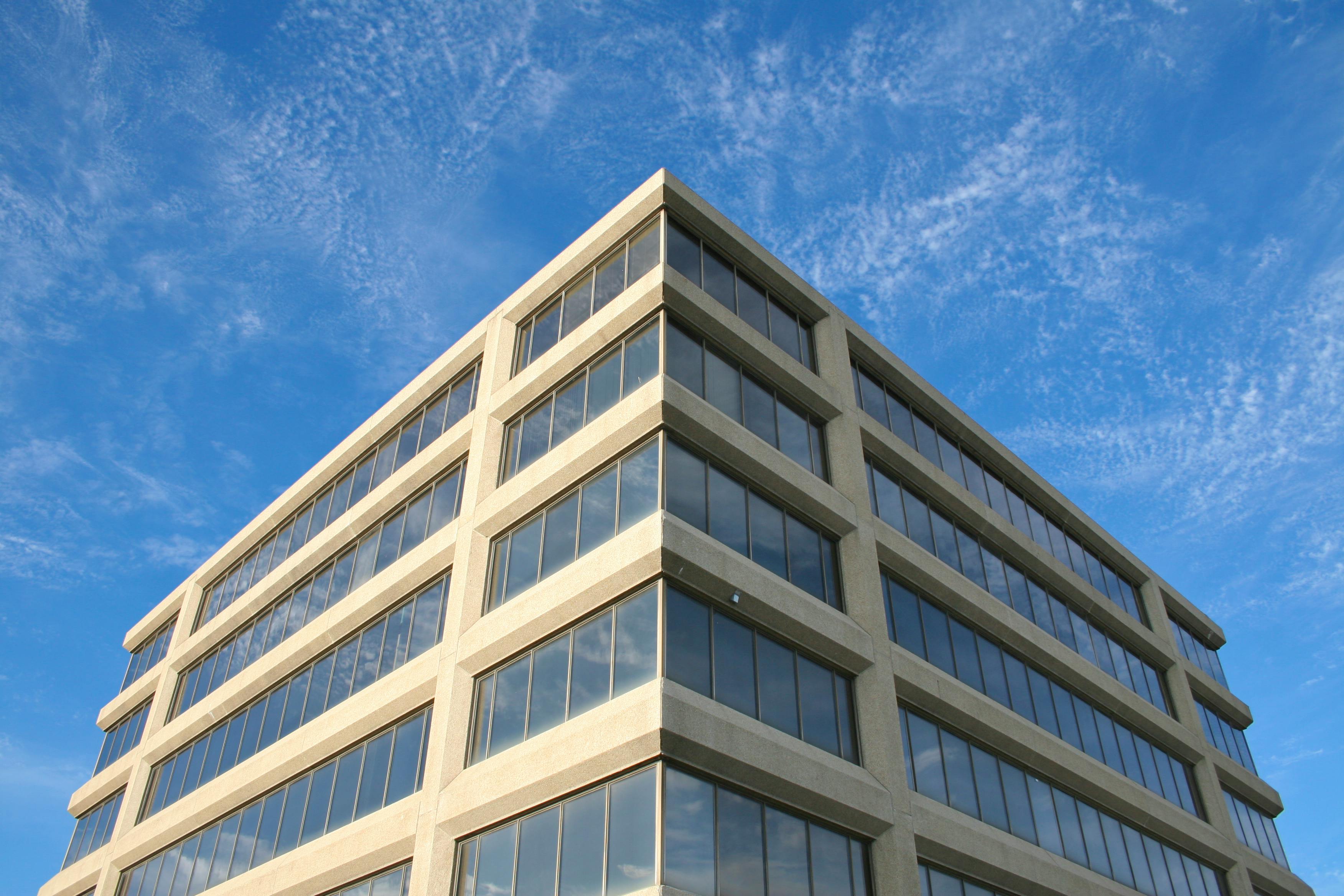Modular buildings or homes are pre-fabricated buildings or homes that are built in a factory in multiple sections small enough to be transported to the construction site by road using large crane trucks. Upon arrival at the construction site, they are lifted with a crane and placed on a pre-prepared foundation and where they join together to form a single building. It is possible to create a house or a building of any size with this method, even multi-story buildings can be erected using several pre-fabricated modules.
This type of construction is useful for temporary buildings, such as on-site offices for construction projects, that can be removed once the project is complete. It is also used for long-term installations such as school classrooms, industrial facilities, or for military or civilian housing. Modular buildings are also a way to build permanent housing and a popular way to create a granny flat in an existing home. The modules to build a house are assembled in a factory and can take only a week or two to make before being trucked to the site and assembled. This is much faster than building a house on the site, which usually takes several months, and also eliminates many of the problems associated with building houses on the site.
Modular construction is not only faster, but also eliminates the concern of bad weather slowing down construction, since modules can be built inside a factory. Concern about theft at the construction site is also eliminated and it is possible to obtain the construction material at a cheaper price since they are delivered to a central construction point. A well-constructed modular building should have the same longevity over time as its conventionally built counterpart. The robustness of modular homes has been demonstrated with tests conducted in the United States, after Hurricane Andrew in Florida, which showed that these homes performed better than conventional site-built homes.
Modular buildings are stronger than conventional buildings, as they are made to withstand the stresses placed on them by being loaded onto trucks and then erected on site foundations. The manufacturers of these buildings often use screws instead of nails and also glue the joints to give them this extra strength. A typical modular building uses 10-20% more wood compared to traditionally built buildings, keeping the module more stable during transport. These buildings can be erected on many different foundation surfaces, such as piles for flood-prone areas, full basements, or standard slabs. Multi-story modules can be built to almost any height, depending on the restrictions required by the building codes of the area where they are erected.
Exterior wall surfaces can be finished at the factory, during construction, or can be finished on site if the builder chooses brick or stone veneers. Similarly, roof systems can be completed after basic on-site installation is complete, or they can be incorporated at the factory during manufacturing.

